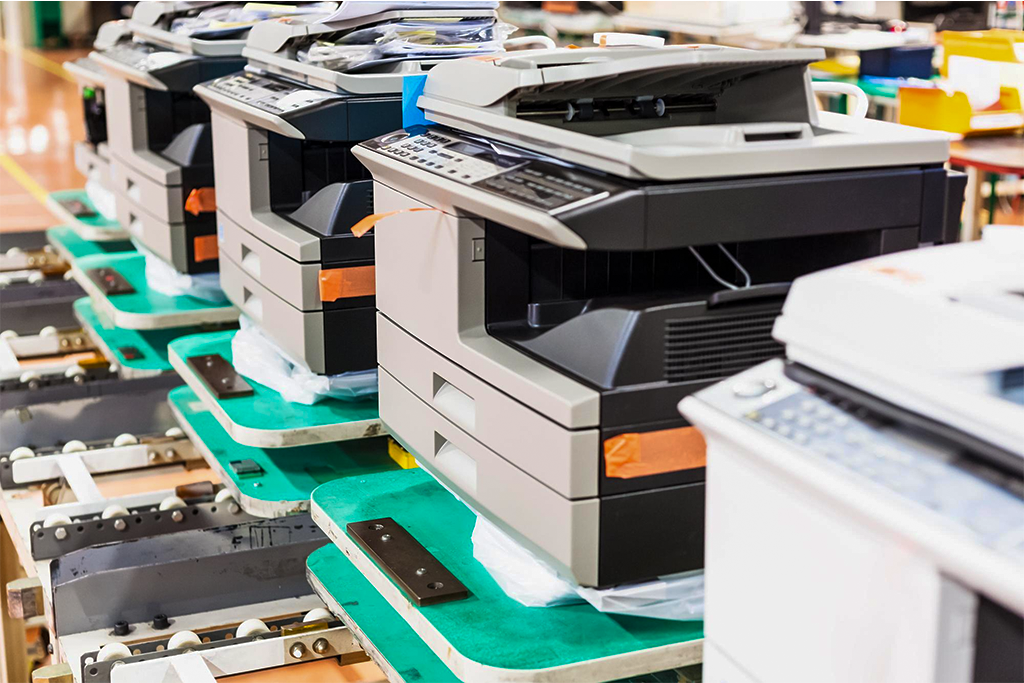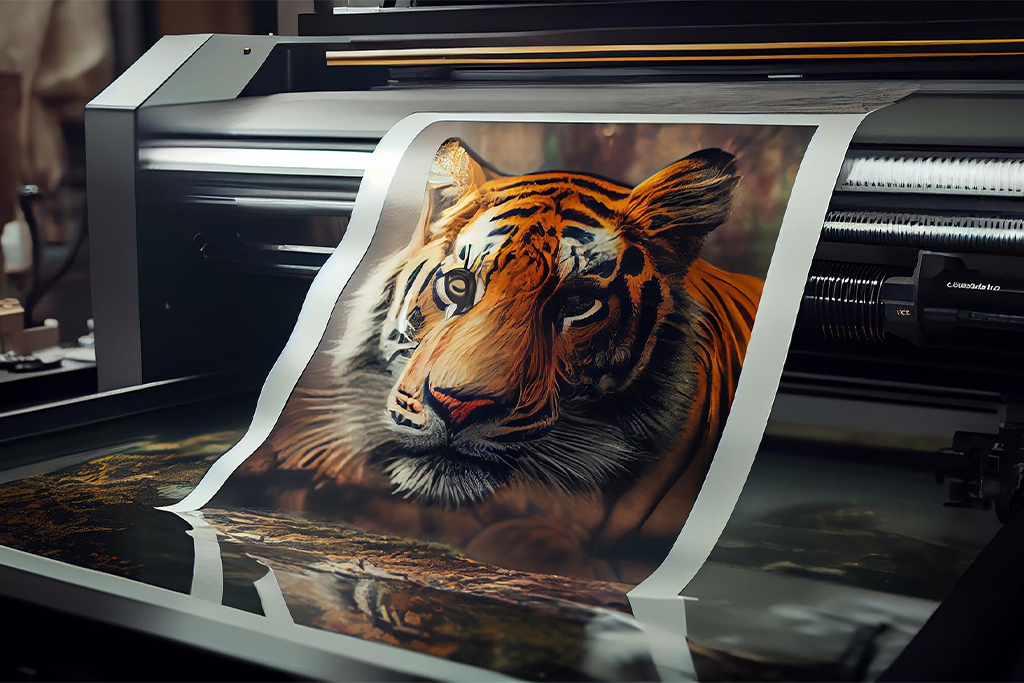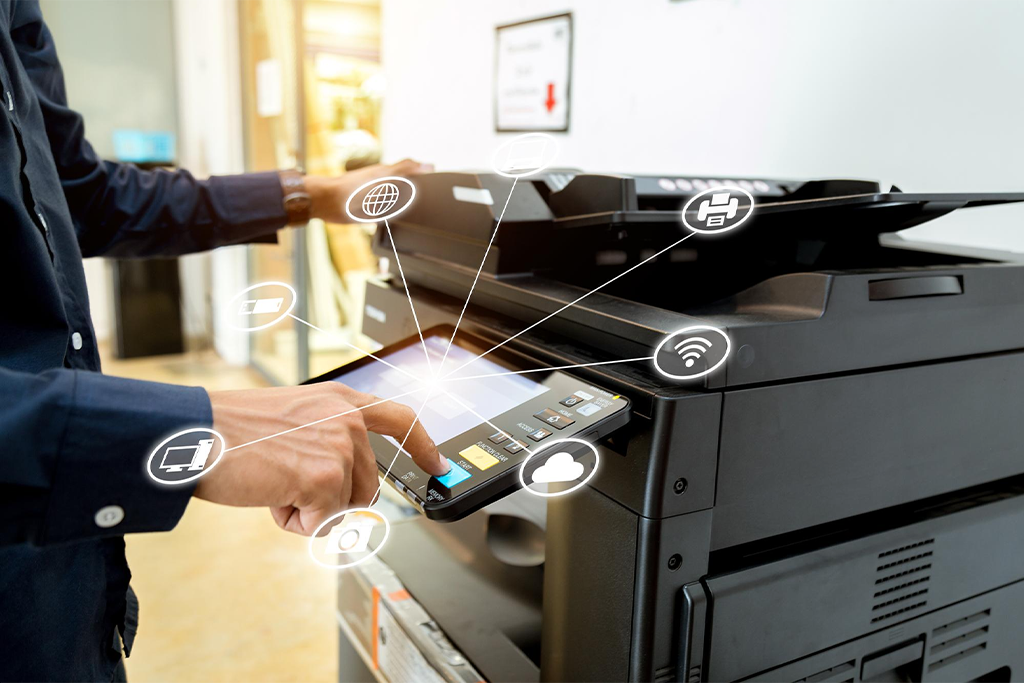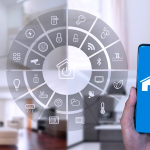When it comes to buying a new printer, there are a lot of options to choose from. There's a lot to learn, but don't worry! In this simple guide, we will break down everything you need to consider when getting a new printer. We'll explain the important stuff without getting too technical, so you can make the right choice for your needs.
1. Decide on the Type of Printer

Printers come in different types, and each type has its own strengths. Here are the main types to think about:
- Inkjet Printers: These are great for everyday use, like printing documents and colorful photos. They're usually affordable and can handle a variety of paper sizes.
- Laser Printers: If you print a lot of text-heavy documents, a laser printer might be your best bet. They are super fast and great for office use.
- All-in-One Printers: These do more than just print. They can scan, copy, and sometimes even fax. If you need to do a bit of everything, an all-in-one printer is handy.
- Photo Printers: If you're really into photography and want top-quality photo prints, consider a dedicated photo printer. They're designed to produce stunning pictures.
2. Print Speed Matters

Printers measure their speed in pages per minute (PPM). If you need to print a lot of pages quickly, a high PPM is essential. For occasional printing at home, a slower speed might be just fine.
3. Print Quality Counts

It measures the quality of printing by measuring how many dots per inch there are. Print quality improves with higher DPI. If you want sharp text and vibrant images, look for a printer with at least 1200 DPI.
4. Consider Connectivity

How do you plan to connect your printer? Most printers offer USB connectivity, but if you want to print from multiple devices like your computer, smartphone, or tablet, consider a printer with Wi-Fi or Bluetooth connectivity.
5. Ink or Toner Costs
Before you buy a printer, check the cost of replacement ink or toner cartridges. Some printers may be cheap, but the ink can be expensive. It's a good idea to compare the long-term costs.
6. Paper Handling
Think about the types and sizes of paper you'll be using. If you want to print on different-sized paper or use specialty paper like labels or envelopes, make sure the printer can handle it.
7. Noise Level
Printers can be noisy, especially when they're printing a lot of pages. If you're sensitive to noise or your printer will be in a quiet area, consider a quieter model.
8. Size and Space
Consider where you'll place your printer. Some printers are compact and fit well on a desk, while others are larger and might need more space. Measure your available space before buying.
9. Brand Reputation
Reputable printer brands like HP, Canon, Epson, and Brother often provide better customer support, warranty options, and a wider range of compatible accessories.
10. Mobile Printing
If you use a smartphone or tablet a lot, check if the printer supports mobile printing apps. This can be super convenient when you want to print something from your mobile device.
11. Duplex Printing
Duplex printing means the printer can automatically print on both sides of the paper. It can save you money on paper and is eco-friendly.
12. Check Reviews and Ratings
Before making a final decision, read reviews and check ratings online. This can give you insights into real users' experiences with the printer you're considering.
13. Warranty and Support
Check what warranty comes with the printer. A longer warranty period can give you peace of mind.
14. Budget
Set a budget for your new printer. Printers come in a wide price range, so knowing how much you're willing to spend will help narrow down your options.
15. Extra Features
Some printers come with extra features like touchscreen displays, memory card slots, or built-in USB ports.
16. Energy Efficiency
If you're environmentally conscious or want to save on electricity bills, look for a printer with an Energy Star certification. The printers in this category are designed to consume less energy.
17. Consider Your Needs
Ultimately, the best printer for you depends on your specific needs. Think about what you'll be using it for the most. If you're a student, a basic inkjet printer might be perfect. If you work from home, a fast laser printer could be the right choice. Understanding your needs will help you find the perfect printer.
18. Software Compatibility
Check if the printer is compatible with your computer's operating system. Most modern printers work with Windows and macOS, but it's always a good idea to verify.
19. Mobile Printing Apps
If you frequently print from your smartphone or tablet, look for a printer that supports mobile printing apps. These apps make it easy to print directly from your mobile device without the need for a computer.
20. Wireless Printing
Wireless printers offer the convenience of printing from anywhere within your Wi-Fi network. You can send print jobs from your laptop, smartphone, or tablet without the hassle of connecting cables.
21. Multifunction Features
If you need more than just printing, consider a multifunction printer (MFP) or all-in-one printer. These devices often include scanning, copying, and faxing capabilities, making them versatile for various tasks.
22. Brand-Specific Considerations
Different printer brands may have unique features or advantages. For example, some HP printers come with Instant Ink, a subscription service that automatically delivers ink to your doorstep when you're running low. Canon printers are known for their photo printing quality. Research brand-specific offerings to see if any align with your needs.
23. Ease of Use
Consider how easy the printer is to set up and use. Some printers come with user-friendly touchscreen displays and intuitive menus, while others may have a steeper learning curve.
24. Noise Levels
If you plan to place the printer in a quiet environment, like a home office or a bedroom, look for models with lower noise levels. Many manufacturers provide noise specifications in their product descriptions.
25. Security Features
In an age of increasing digital threats, some printers offer enhanced security features. This is particularly important if you plan to use your printer in a business or office setting. Look for options like secure printing and password protection.
26. Cost of Consumables
Consider not only the cost of replacement ink or toner cartridges but also how long these consumables last. Some printers are more efficient in terms of ink or toner usage, saving you money in the long run.
27. Environmental Impact
If environmental sustainability is a concern, look for printers with eco-friendly features, such as automatic duplex printing to save paper and energy-efficient modes.
28. Test the Printer if Possible
Whenever possible, visit a store and see if you can test the printer before buying it. This can give you a firsthand feel for its speed, noise level, and user interface.
29. Warranty and Support
Check the manufacturer's warranty and customer support policies. A longer warranty can provide peace of mind, and good customer support can be invaluable if you run into issues.
30. Read User Feedback
Lastly, read user reviews and feedback online. Hearing from people who have already purchased and used the printer can provide valuable insights into its real-world performance and reliability.
Conclusion
Buying a new printer doesn't have to be overwhelming. By considering the type of printer, print speed, quality, connectivity, and other factors that match your specific needs, you can make an informed decision. Remember to read reviews, compare prices, and think about long-term costs when choosing the right printer for you. With the right printer, you'll be able to print documents, photos, and more with ease. Happy printing!









No Comment! Be the first one.